I Didn’t Find My Children’s School, I Built It: Hazuki Tanaka Of Hayama International
One Mother's Motivation To Establish Fair Education In Japan
The school she opened 14 years ago as a last resort to provide her children with the type of education she dreamed them to have, has grown to meet the needs of dozens of other families. Here's the story of Hazuki Tanaka, a school founder, a visionary, a blogger and so much more.
When you don’t have what you dream of having, more often than not you keep searching. You change the place, you change your priorities, you compromise and you finally settle down on the best available choice. But this wasn’t the case for Hazuki Tanaka — when she didn’t find what she was looking for, she decided to build it herself.
“I really didn’t have time to wait,” she says, eyes wide open as she recalls the time when she had just returned from the U.S. in 2003 with her two daughters, one nearly three years old and the other still a newborn.
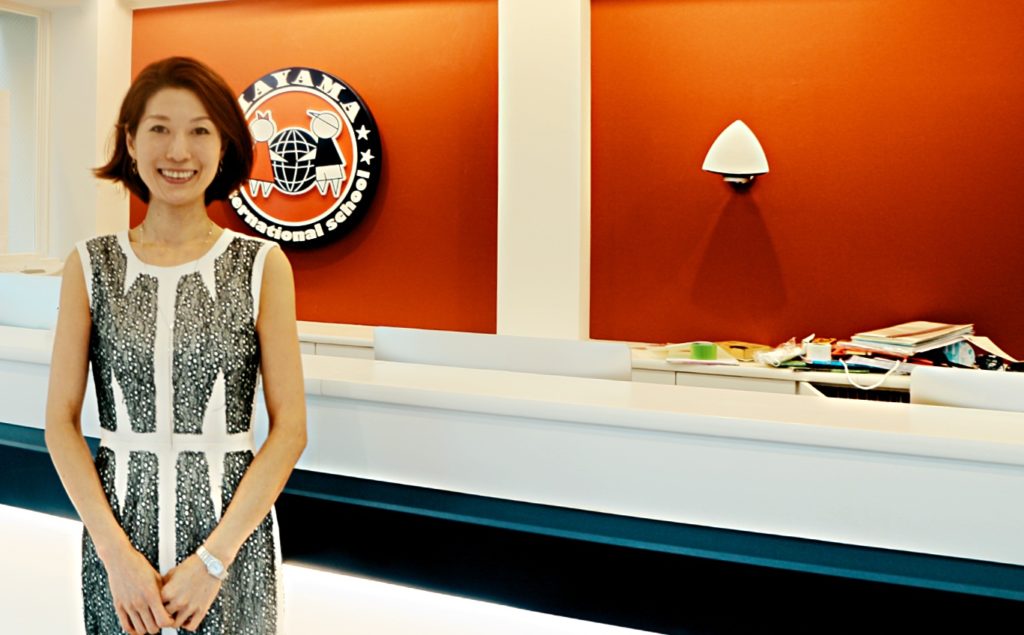
Hazuki Tanaka at Hayama International School’s Tokyo campus in Shirokanedai.
After spending six years in Oregon and New York, Tanaka came back to Japan to only discover that the education at all daycare facilities she tried for her children were still based on the very old Japanese education model of raising the “perfect child.”
“They would put a pencil in my daughter’s hands and have her write word after word. She hated it and wasn’t good at it,” Tanaka recalls. “There was also this vibe hinting that only the children who could do it well were the ‘good’ kids.”
Determined to provide her two daughters with a global-minded and fair education that does not enforce uniformity, in 2004, Tanaka, together with her husband, founded Hayama International School. Fourteen years later, the school has nearly 200 students and an impressive story behind it.
Eye-opening experience
Looking at all the achievements Tanaka has now, it is hard to believe that her journey began with no clear direction.
“I really didn’t know what to do after graduating from high school,” she said. “I certainly didn’t want to go to university because there was nothing specific I wanted to do there.” Luckily, her boyfriend at the time (and now her husband) had an idea. He advised her to try studying abroad — as he himself would — and experience a different world.
For the next 10 months, she stayed in Oregon with her American host family, while attending a language school.
“My host family opened my eyes to so many things,” Tanaka remembers with a smile, saying that they are still strongly connected. “Suddenly I was exposed to an environment where differences were not just acceptable, they were normal.”
‘Telling children how things should be done is not necessarily beneficial for them.’
After getting married, Tanaka and her husband once again settled down in Oregon when their first daughter was born in 2000. There, she first experienced the type of education she would bring to Tokyo.
“A friend of mine operated a homeschool and daycare on a farm in Oregon. It was there where I witnessed how a conducive learning environment can impact children,” she says. “Each child benefited from the environment in their own way, which was very different from the uniform style I knew from Japan.”

After moving back to Japan, she was sure of one thing: educators should provide an environment that supports children’s creative development and learning process.
From five to 180 and counting
In 2004, only about a year after the family returned to Japan, Tanaka and her husband opened Hayama International School in the room of a small apartment. There were only five students at the time, two of whom were the couple’s daughters.
“We didn’t have a big budget, so we just started from whatever we could,” she says.
But with her husband handling the business side and she the school’s educational policy and care for the children, the school expanded rapidly. A few years into its opening, it relocated to its current location in Hayama, a place surrounded by the ocean, palm trees and endless greenery. For Tanaka, it was the perfect environment for the children to grow up uniquely. Last year, they opened a second campus in Tokyo’s Shirokanedai, just next to the beautiful Donguri Park.
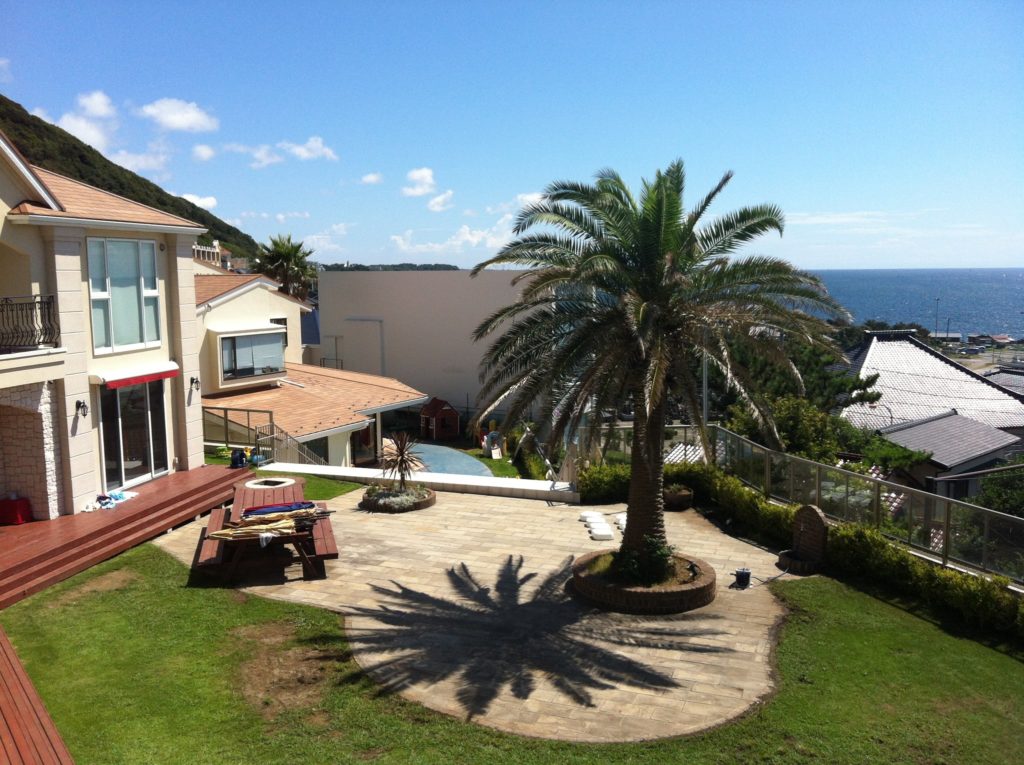
A school with a view: This is what students at Hayama International see every day from their windows.
The concept of the school was simple: “play, think, learn.” This, however, doesn’t mean that the children only play, Tanaka emphasized. “The idea is for them to find enough learning materials while playing and understand the simple things that make play possible,” she said.
She used seasons as an example.
“A simple play outside can teach children everything about the seasons: colors, vibes, animals and flowers. At Hayama, the teachers guide children through these new discoveries and make them ‘search for autumn’ when they play outside. But most importantly, they learn this through communication and experience.”
View this post on Instagram
Of course, Hayama International has more conventional classes, too. The school offers a preschool, where children learn the English alphabet, numbers, colors, vocabulary, music, stories, and arts and crafts. They then move on to pre-kindergarten where they learn to express their feelings through words, share ideas with the class, and learn academic building blocks like letter and number recognition, and writing for the first time. Then come two stages of kindergarten and then elementary school where core subjects like math, reading, writing and science, as well as art, music, and PE are learned extensively.
‘A school institution, whatever it is, is not a prerogative for happiness. It’s not about where you study but how you acquire knowledge.’
The policy across ages and classes, however, is to give children a place to breathe and give them time to process things.
“Not every child learns at the same speed and that is natural,” Tanaka says. “If they can’t do something we don’t push them to make it happen in-line with our agenda. The teachers will observe them closely but give them the time — and many hints, too.”
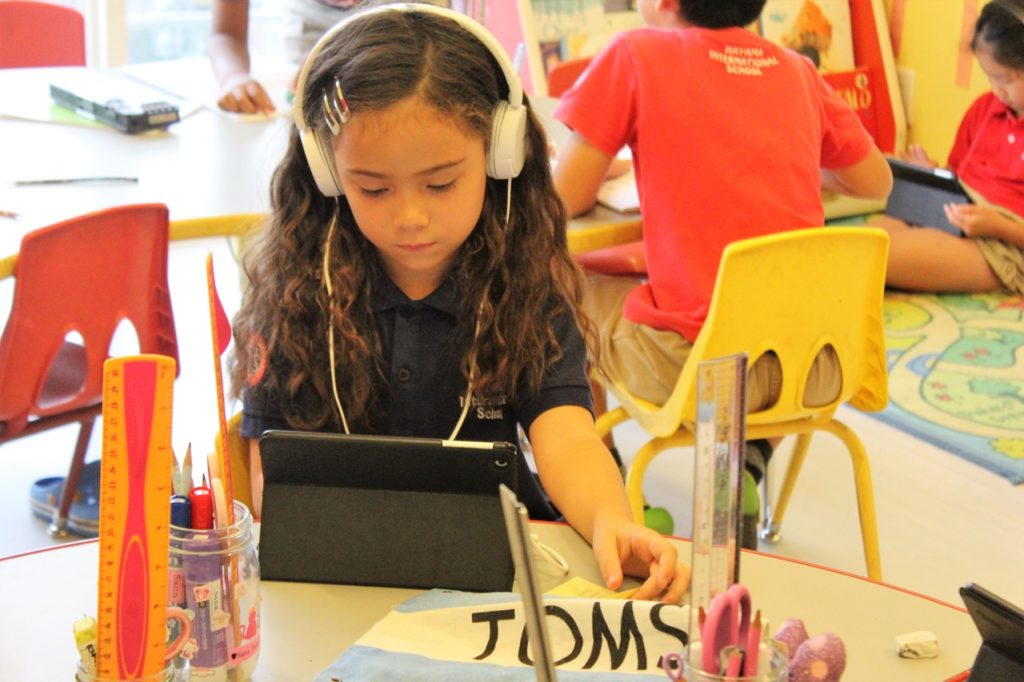
Sometimes privacy is crucial — for adults and children alike.
Uniformity isn’t the answer
“Providing the means, not teaching,” is what Tanaka says is key in children’s education. “Telling children how things should be done is not necessarily beneficial for them.”
The means, she further explains, are provided by ensuring that children are exposed to all materials they need to collect the hints they need. One of the things the school emphasizes, for example, is providing an environment that is shared by a diverse group of people. Not only the students come from different countries and backgrounds, but the teachers do, too. The school also frequently organizes charity events. Children, however, are never forced to participate in any of its events.
The school doesn’t encourage uniformity and doesn’t require children to play together at all times, either.
“Like adults, children have their group of friends and such they don’t get along with well. Or sometimes they just want to be alone. And if they do, that’s okay. We don’t push them to always be part of a group. We observe them, but from a distance,” she said.
“One-way teaching style and making children simply repeat is the current method of education in Japan, but I want to change this. To me, this is a system that just feeds teachers’ ego. It doesn’t help children learn what they have to.”
Which essentially, Tanaka said she believes, is the ability to think by themselves.
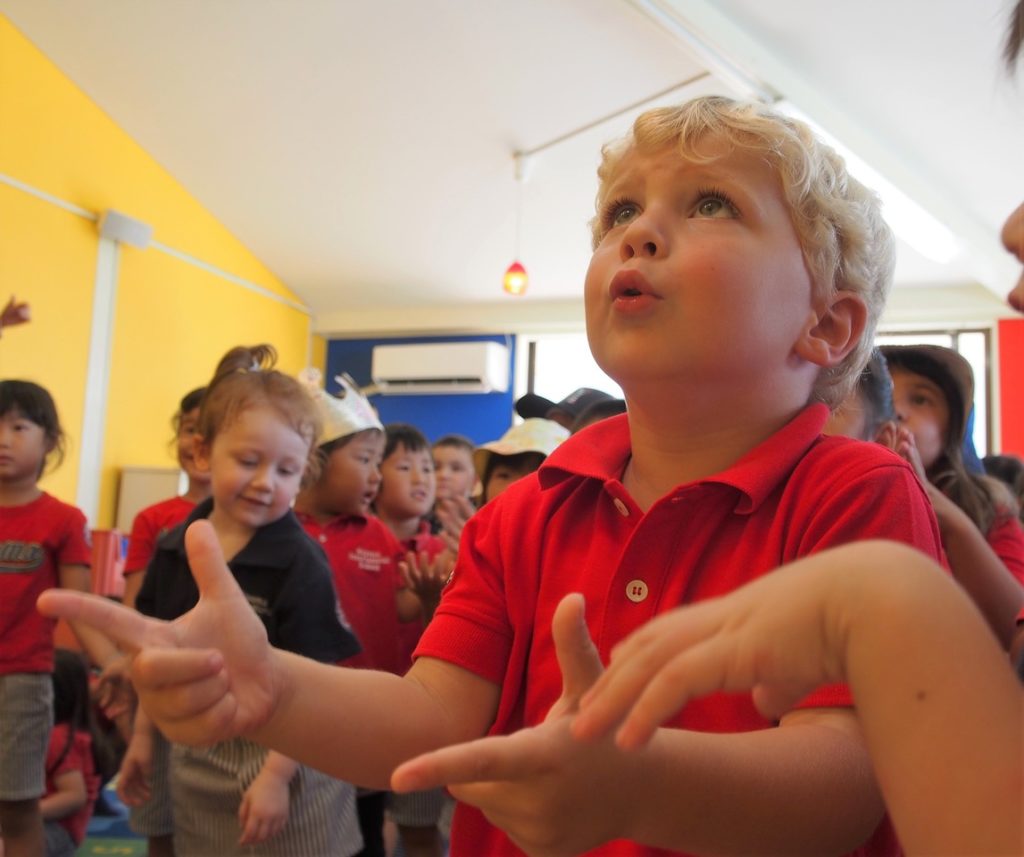
Looking ahead
Now that both of her daughters have graduated from Hayama, with one attending high school in Hawaii and the other a boarding school in Japan, Tanaka is on her next mission: to influence Japan’s education on a much greater scale.
Having just graduated from a correspondence Master’s degree course in education, she is studying to get her doctorate in researching international baccalaureate since April this year. She wants to make Japan’s education more flexible, she explains, where children’s ability is not evaluated based on existing templates and standardized test forms.

“A school institution, whatever it is, is not a prerogative for happiness. It’s not about where you study but how you acquire knowledge,” Tanaka says. “I was a child that couldn’t write nor memorize well. But I was good at other things. So I believe that we need more options and ways to evaluate. If we try to fit all minds into the same frame, there will be many kids who are told they ‘can’t’ while they actually can. Which is not a fair type of education.”
As for herself, whenever she is not busy working, looking forward to her children coming back home or getting involved in various charity projects or interviews, she maintains a well-established blog, Hazuki’s Favorites, where she writes about things that inspire her and make her world a brighter place.
“Having someone to share a laugh with is the most important of those favorites,” she says as she glances at the photos of happy kids on the school’s colorful walls. There are many of them — and surely there will be more to come.
To learn more about Hayama International School, see their official website, here.

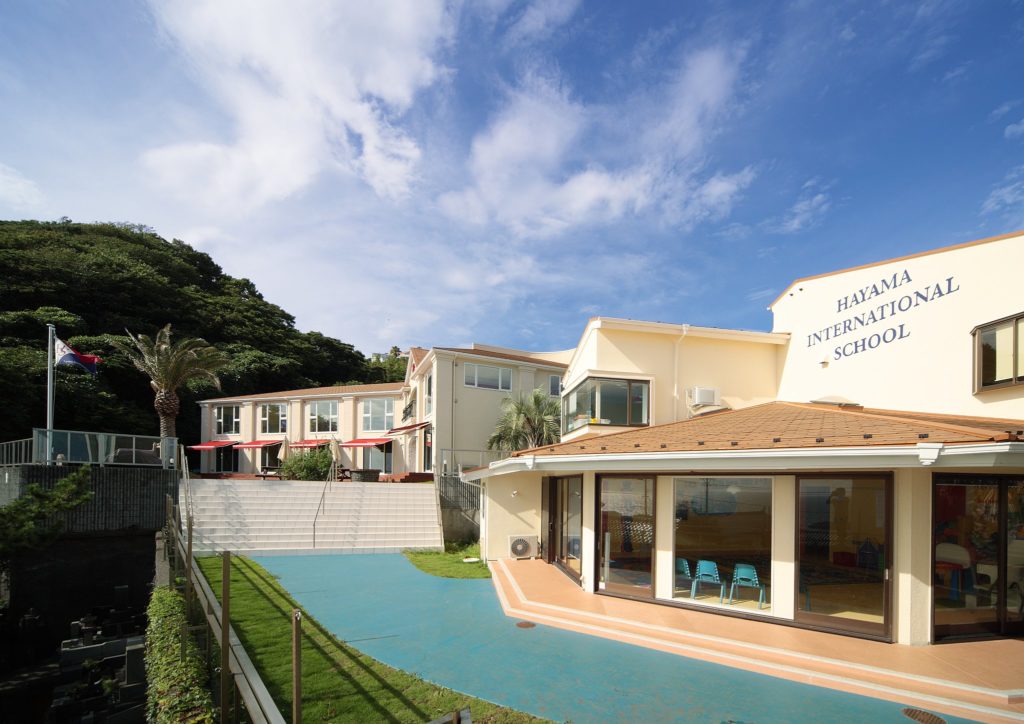











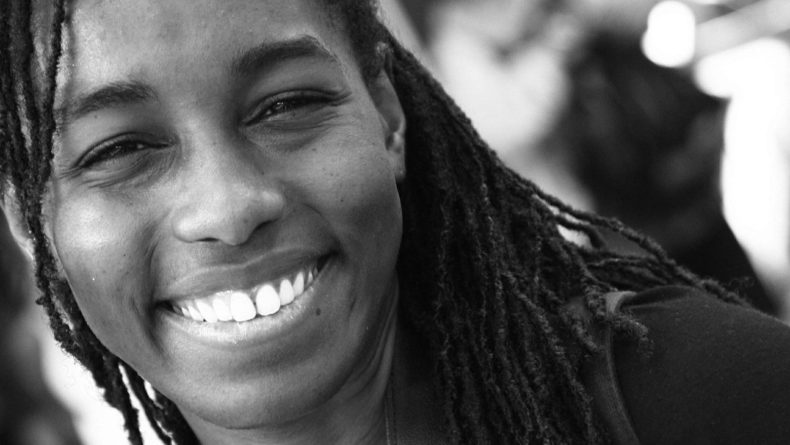
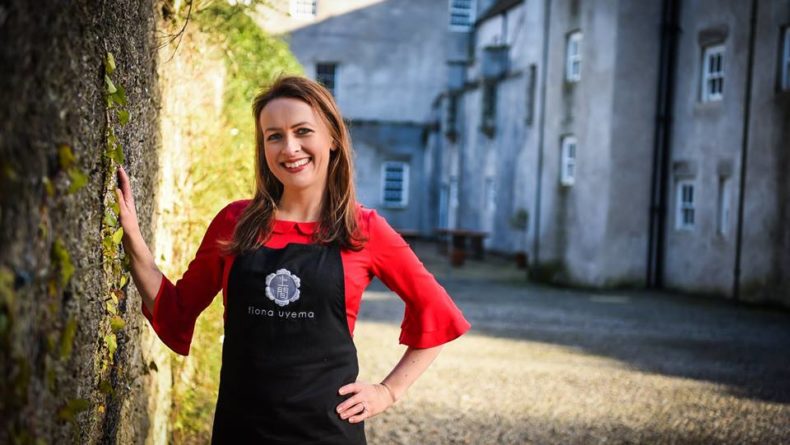
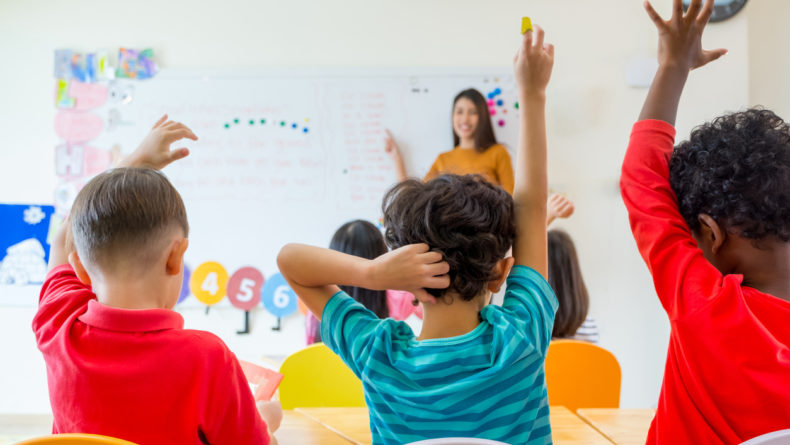
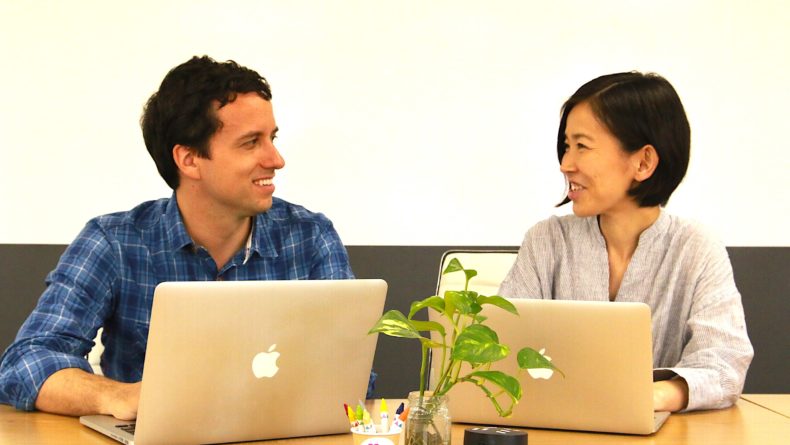
Leave a Reply